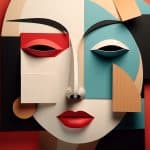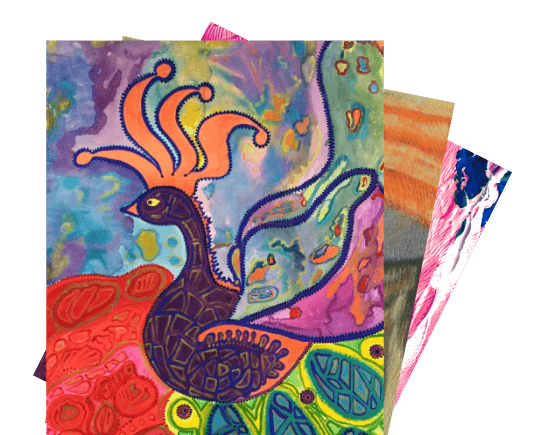Filters
Available Artwork
Other styles of paintings you may like
Origins of Hardboard Painting:
In 1898, a product resembling Hardboard was first produced in England through the hot-pressing of wastepaper. Later, the Hardboard was composed of 100% wood fibre obtained from wood chips, sawdust, and board trimmings that were broken into fine particles through a dry process, which consisted of grinding or a wet process, i.e., steaming. Historically, artists used solid wood panels for paintings before switching to flexible fabric supports, such as the adoption of Hardboard for painting.
The origin of Hardboard dates back to William H. Mason, an American research engineer, inventor, and associate of Thomas Edison developed the Masonite process in 1924, a method by which wood is converted into fibres and subsequently into fibreboards without the use of any resin. His discovery of the Mason method (wet process) was actually a realisation of a laboratory accident. This method leaves one smooth and one textured side as a wire mesh is used to allow moisture to escape.
Hardboards are used in construction, flooring, furniture, home appliances, automobiles, and cabinetry. Still, it is particularly a popular medium among acrylic and oil painters because of its painting surface and economical price. By the 20th century, Hardboard had become a widely accepted support, particularly among modern and contemporary artists. Figures like Jackson Pollock and Joan Miró are known to have utilised it for some of their work, appreciating its stability and economic advantages. Moreover, Pollock's "No. 15, 1950” is an oil-on-Masonite painting.
While it required proper priming with gesso to prevent absorption and ensure archival quality, its rigid nature made it suitable for impasto techniques or for artists who preferred working on a firm surface. Today, Hardboard remains a prevalent choice for artists across all levels, valued for its balance of cost-effectiveness, durability, and a consistent, unyielding painting surface, firmly cementing its place in the diverse palette of artistic materials.









